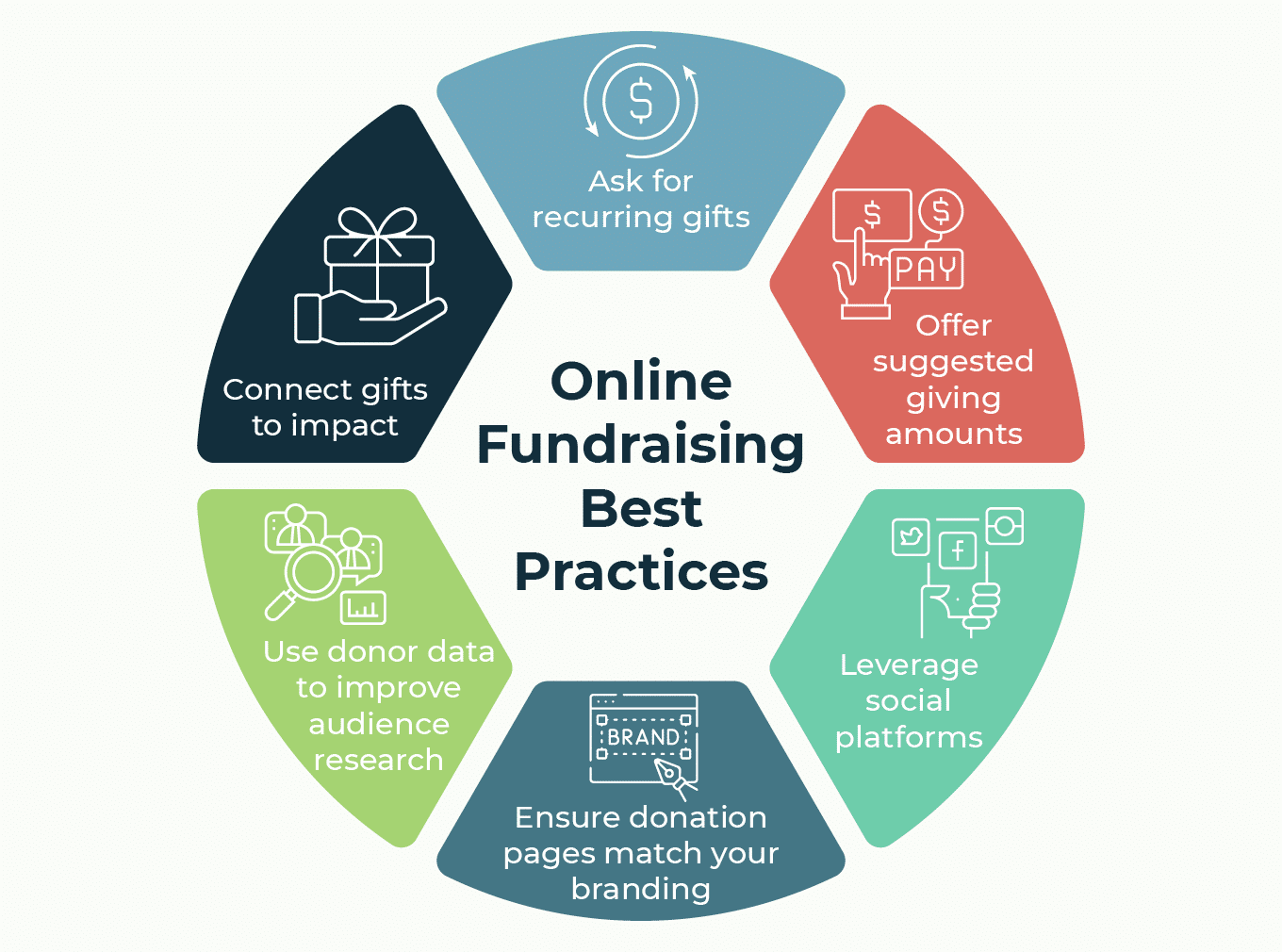Nonprofit Agency: Specialist Providers to Assistance Your Goal and Goals
Nonprofit Agency: Specialist Providers to Assistance Your Goal and Goals
Blog Article
The Role of Neighborhood Interaction in Nonprofit Fundraising: Structure Lasting Relationships for Sustainable Support
Area engagement is significantly identified as an essential part of effective not-for-profit fundraising. The methods and methods employed to involve neighborhoods differ extensively, increasing important concerns concerning effectiveness and influence.
Understanding Community Engagement
Neighborhood engagement is an essential element of successful nonprofit fundraising initiatives. Nonprofits need to identify vital stakeholders-- such as community participants, local services, and various other companies-- to develop efficient involvement methods.
Effective area engagement is based on active listening and responsiveness to the demands and rate of interests of the community. This procedure entails getting feedback, recognizing community characteristics, and making sure that the organization's goal straightens with neighborhood concerns. Involving the neighborhood can take different types, consisting of public meetings, volunteer opportunities, and partnership efforts, each designed to urge participation and financial investment in the organization's goals.
Additionally, area engagement must be approached as an ongoing dialogue as opposed to an one-time effort. By promoting an inclusive environment where neighborhood voices are listened to and valued, nonprofits can develop a strong structure for future fundraising undertakings. Ultimately, a deep understanding of neighborhood engagement equips companies to develop authentic connections that enhance their general performance and sustainability.
Advantages of Strong Relationships
Strong relationships formed via neighborhood interaction yield various advantages for nonprofit fundraising efforts. Most importantly, these relationships foster count on and integrity, necessary elements in motivating donors to contribute. When prospective advocates see a not-for-profit proactively associated with their neighborhood, they are more probable to rely on its goal and influence.

Moreover, these connections promote reliable communication. Nonprofits can take advantage of their connections to share tales of impact, updates, and requires, guaranteeing that advocates continue to be informed and involved. This open line of interaction not just strengthens bonds yet additionally motivates referral promotion, broadening the not-for-profit's reach.
Last but not least, solid area ties can draw in brand-new companions and sponsors. Organizations and individuals are more likely to line up with organizations that demonstrate significant area involvement, giving additional resources and assistance that can considerably improve fundraising capacities. Thus, growing durable partnerships with neighborhood involvement is important to a nonprofit's long-term fundraising success.
Methods for Reliable Involvement
Just how can nonprofits successfully engage their communities to enhance fundraising initiatives? Normal updates, engaging content, and calls-to-action can galvanize community interest and engagement.
2nd, holding community occasions, such as workshops, volunteer opportunities, or fundraising drives, facilitates in person communication, allowing nonprofits to display their impact and initiatives. These occasions not only raise funds however additionally grow partnerships and allow community members to involve directly with the cause.
Third, applying individualized communication techniques can improve engagement. Tailoring messages to details contributor segments based on passions and past contributions cultivates a sense of belonging and nonprofit agency investment in the company's mission.
Finally, creating collaborations with local businesses and neighborhood leaders can amplify outreach initiatives. Joint efforts can enhance exposure and trustworthiness, showing a collective commitment to the area's well-being. By incorporating these methods, nonprofits can build long lasting partnerships that boost fundraising initiatives and drive lasting support.
Determining Involvement Success
While involving the area is crucial for effective not-for-profit fundraising, measuring the efficiency of these involvement initiatives is similarly vital. Establishing clear metrics enables organizations to analyze how well they are getting in touch with their target market and attaining their fundraising goals. Trick performance indicators (KPIs) such as donor retention rates, volunteer engagement levels, and interaction on social media sites systems provide tangible data for evaluation.

On a regular basis evaluating these metrics enables companies to pivot their methods when necessary, making certain that area engagement remains straightened with their overall objective. Furthermore, sharing these outcomes with stakeholders promotes openness and constructs depend on, urging additional neighborhood participation. Inevitably, a robust measurement structure not only informs future fundraising campaigns however likewise enhances the connection between the not-for-profit and its advocates, preparing for lasting success.
Instance Researches in Community Effect
Numerous study highlight the extensive effect that area engagement can have on nonprofit fundraising success. One notable instance is the "Food for Thought" initiative, where a regional food bank partnered with companies and colleges to host area dinners. These events not only raised funds yet also cultivated a sense of belonging among participants, significantly boosting contributor retention rates.
One more compelling case is the "Environment-friendly Spaces Project," which included neighborhood citizens in the revitalization of metropolitan parks. This initiative not just garnered financial backing from regional businesses yet also grew a volunteer base that contributed to ongoing maintenance and shows. The feeling of possession and pride amongst area members equated into sustained payments.
In the world of arts, the "Art for All" campaign successfully involved neighborhood musicians and patrons to create collective art installations, resulting in enhanced presence and contributions for a local arts nonprofit.
These instances highlight that when nonprofits prioritize area participation, they can produce long lasting connections that improve fundraising initiatives, making certain sustainable assistance and fostering a vibrant neighborhood culture. Such situations show that community engagement is not just a strategy but a necessary pillar of not-for-profit success.
Conclusion
Finally, community interaction is important to the success of nonprofit fundraising efforts. By cultivating solid connections with regional stakeholders, companies enhance count on and reliability, leading to boosted donor retention and commitment. Applying reliable interaction techniques and gauging their effect makes sure that nonprofits can adjust and grow. Eventually, a durable foundation of neighborhood support not just enhances fundraising potential yet additionally grows a society of cooperation, necessary for attaining long-lasting organizational goals and sustaining significant impact.
Nonprofits should determine essential stakeholders-- such as area participants, regional companies, and various other organizations-- to develop reliable engagement approaches.

In verdict, area interaction is essential to the success of nonprofit fundraising efforts.
Report this page